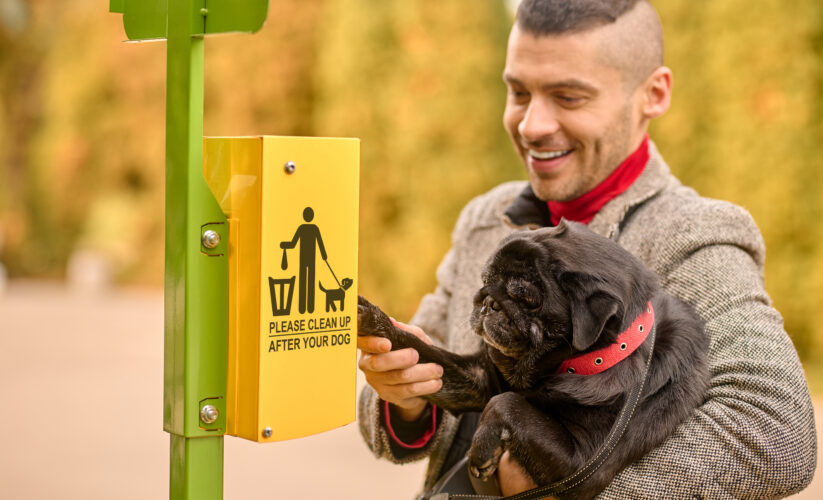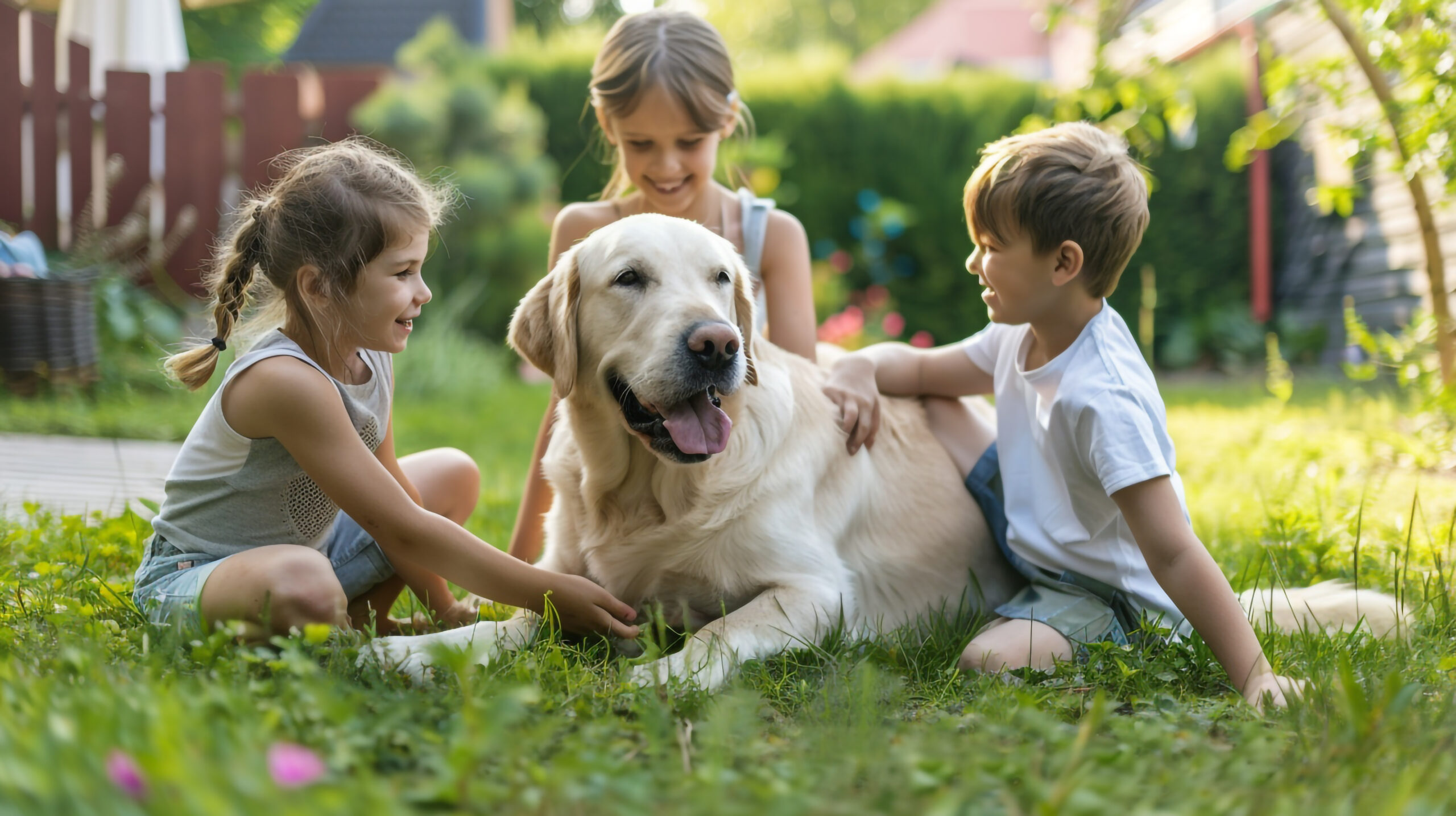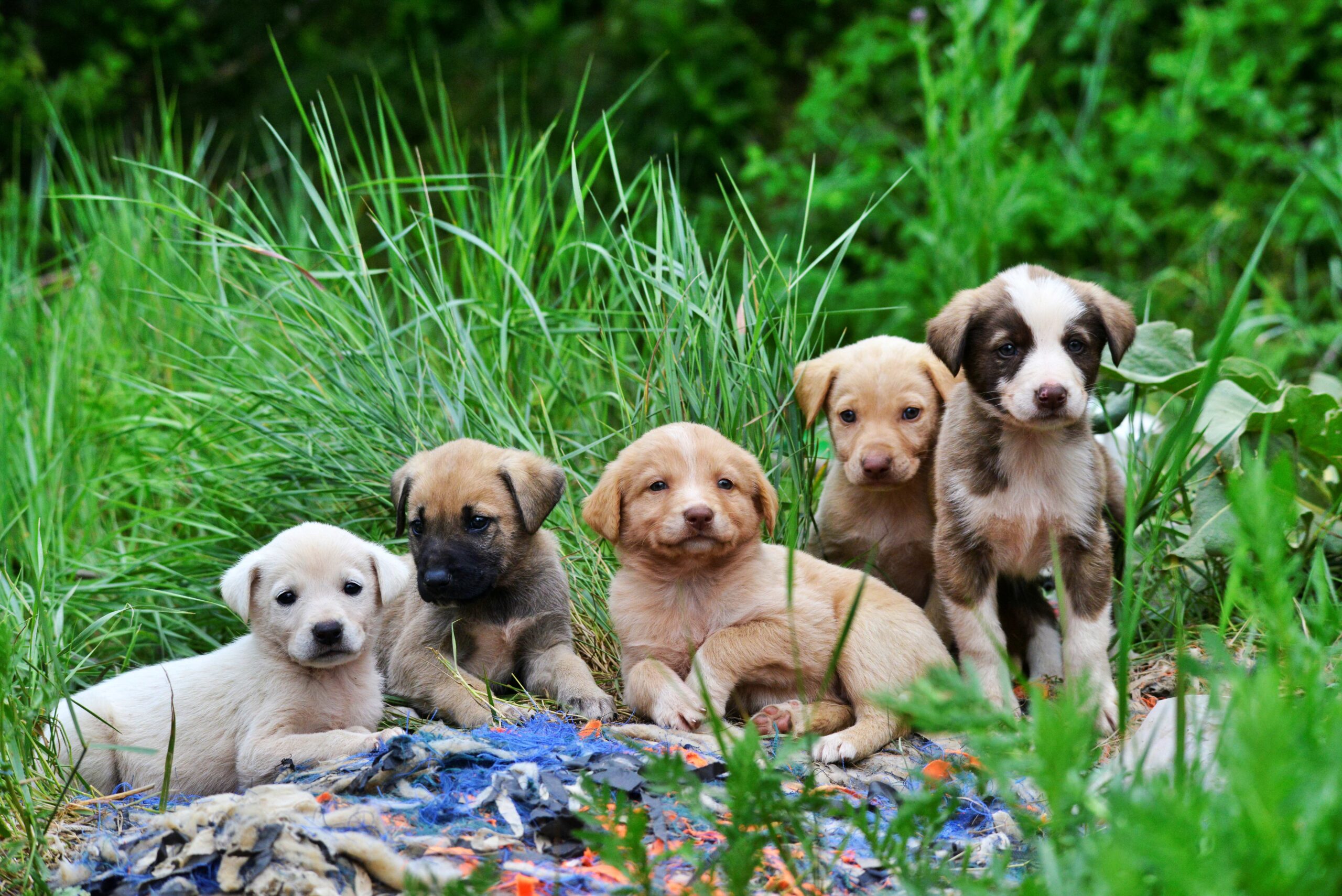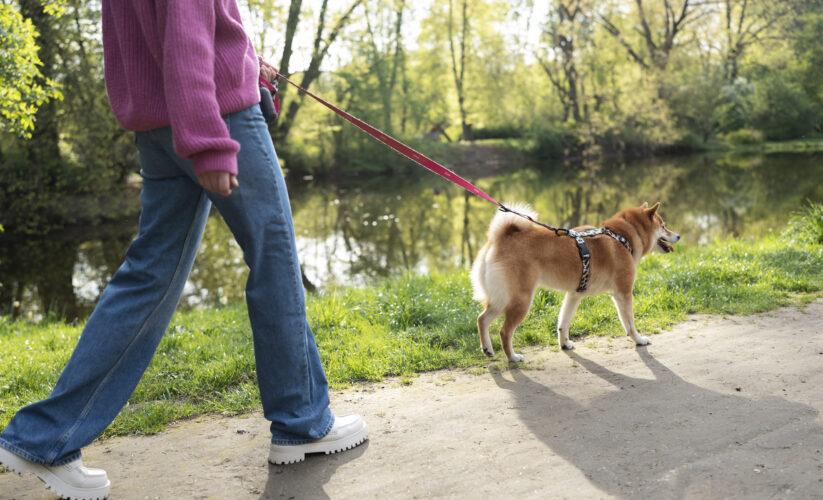
Creative Ways to Keep Your Dog Safe During Walks
Ever thought about making your dog walk more than just a routine? Safety worries can stop many from taking their pets out. Yet, walks are key for your dog’s health and your happiness. With many not walking their dogs often, are there safe and fun ways to do it?
Dog walkers spend about 5 hours a week with their pets. That’s around 11 days a year. These walks help dogs and their owners stay healthy. Can we make these walks safe and strengthen family bonds with protective breeds?
Leashes keep dogs close, but they’re not always safe. Leashes should be 4–6 feet long for control. Retractable leashes offer freedom but can be hard to train with. Off-leash play is safe in dog parks if your dog is well-trained.
Wearing the right gear, like paw protectors, is important. It prepares your dog for different environments. Always keep your dog hydrated, especially in hot weather. After walks, check their paws for injuries or ticks.
Microchips help find your dog if they get lost. Reflective gear and lights are vital for early or late walks. They ensure you and your dog are seen.
Like athletes, dogs need to warm up and cool down. How can we make these tips into fun, safe walks for you and your dog?
The Importance of Attentive Walking Practices
Walking your dog is more than just exercise. It’s about making their life better and strengthening your bond. Attentive walking practices keep both you and your dog alert and ready for anything. This is key for safety and getting the most out of your walks.
Keeping your dog engaged during walks can help them listen better and adapt to new places and situations.
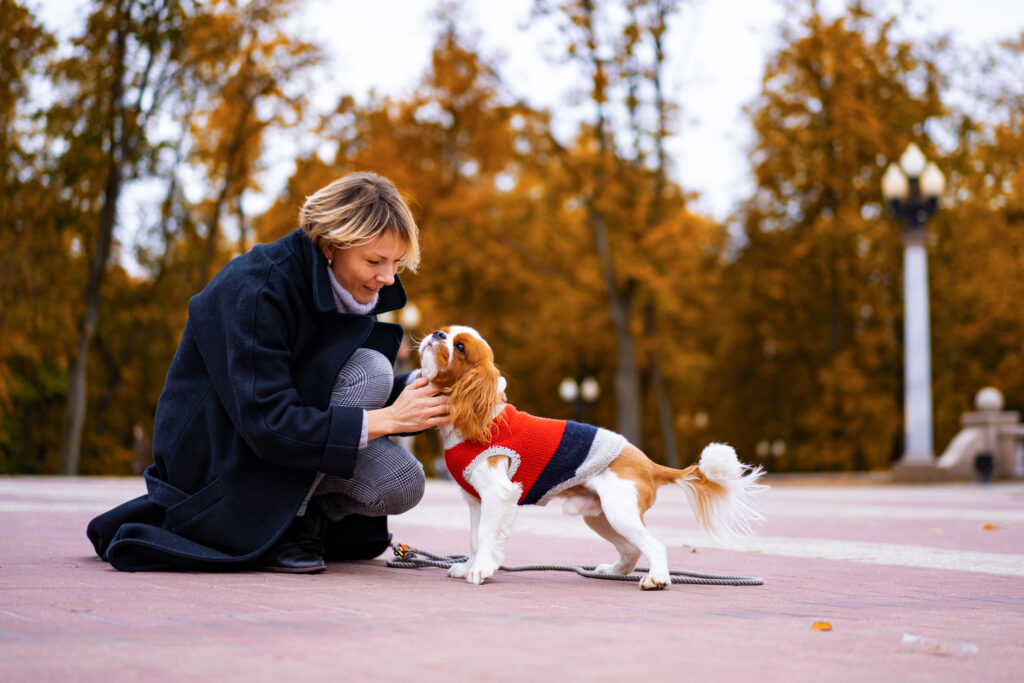
Dog health benefits grow when walks are more than just going and coming back. Using commands like “watch me,” “stay,” or “leave it” during walks teaches them discipline. An enclosed dog run is great for practicing these commands without distractions.
Walking on different surfaces and exposing your dog to new sights and sounds can lower their anxiety. It also improves their social skills. For example, structured walks with heel walking can help them focus and walk better. These efforts boost their physical and mental health, as well as their emotional well-being.
Every walk should include things that spark your dog’s curiosity and keep their mind active. Letting them run free in a dog run lets them explore and play. This is vital for their physical and mental health. Attentive walking aims to give dogs a full experience that benefits their health in many ways.
Attentive walking makes walks better for both dogs and their owners. It turns simple walks into chances for growth and fun. By adding new things to walks, owners can keep their dogs fit, well-adjusted, obedient, and happy.
Essential Training for Walk Safety
Keeping your dog safe on walks is very important. Training them to listen quickly and behave well is key. Using a dog crate at home can help a lot. It teaches dogs to control their actions, which is crucial when meeting scary dogs.
A dog ear tattoo is also a good idea. It makes sure your dog can be found if they get lost. It’s a simple way to add to your dog’s safety.
Using treats as a distraction or shields like an opened umbrella can be effective in managing encounters with off-leash, unfriendly dogs, ensuring both the safety and well-being of your pet.
It’s important to have non-lethal ways to keep your dog safe. Citronella sprays, or Spray Shield, are good for this. They keep aggressive dogs away without hurting them. Practicing with these tools helps your dog stay calm and obedient.
Always be careful and alert when walking your dog. Knowing how to avoid dangers helps prevent problems with scary dogs. For more tips on keeping your dog healthy, check out this guide.
Make sure your walking gear is safe and works well. Don’t use step-in harnesses because they can’t keep dogs in. Instead, use body harnesses with a fixed-length leash for better control.
Training your dog with a dog crate and safety measures like a dog ear tattoo make walks safer. These steps help reduce risks and make walks enjoyable for both you and your dog.
Keep Your Dog Safe During Walks
Keeping your dog safe during walks is very important. It helps protect them from harm and keeps them healthy. Use good pet gear like cotton, nylon, or leather to keep them comfortable and safe from injuries. Protective dogs need strong gear that fits their active lifestyle.
Being seen is key to safety. Wear reflective clothes and use reflective harnesses or tags for your dog. This is especially important at dawn, dusk, or in dark places. Also, check the weather forecast to keep your dog safe from bad weather.

Don’t wear headphones while walking to stay alert. Walking when it’s less busy helps avoid other dogs and keeps your pet calm. Make sure you and your dog have ID tags or microchips for quick identification if lost.
Watch out for signs of heat stress in dogs that can’t handle the heat well. Dr. David Wohlstadter says to watch for too much panting. Keeping an eye on your dog’s health during walks is crucial.
Always carry a small first aid kit for minor injuries, and program emergency numbers, such as the ASPCA Poison Control Center and your local 24-hour veterinary clinic, into your phone. Having quick access to these resources can make a significant difference in emergency situations.
Walks are great for training and bonding. Teach your dog to follow commands like heel, sit, stay, and come. This makes them safer and more obedient, which is important for pet owners.
Harnessing the Right Gear for Walk Protection
Keeping your dog safe on walks is crucial. The right protective gear makes a big difference. Harnesses are now the top choice, as they don’t harm the dog’s throat like collars can.
For strong dogs, harnesses with front and back leash attachments are best. They give better control and spread out the pressure, lowering injury risks.
At home, a dog kennel is vital. It teaches pets where they belong, improving their behavior. But, it must stay clean to avoid the dog urine smell on carpet.
Keeping the kennel and its area clean is key. It gets rid of bad smells and keeps things hygienic. This helps your dog stay healthy and happy.
It’s not just about the gear. Keeping your dog’s favorite spots clean is important too. Carpets can hold onto smells like urine.
To remove dog urine smell from carpets, you need to clean them often. Use safe cleaning solutions that can get rid of the smell without harming your pet.
Choosing the right protective gear and keeping your home clean is key. This includes using dog kennels and keeping carpets fresh. It’s all about finding the right mix of gear, training, and a clean environment for your pet’s safety and happiness.
Innovative Urban Agility Exercises
Urban agility exercises turn walks into exciting adventures. They use a dog’s natural skills, offering more than just a Dog Run. They provide a range of activities that keep both body and mind active.
Since dogs have a big part of their brain for smell, adding sniffing challenges is key. These activities, like dog parkour, help dogs interact with their surroundings. They build confidence and adaptability through various tasks.
Playing together also strengthens the bond between a dog and its owner. Parkour and nose work improve communication and respect. They also help keep the family safe by teaching obedience and keeping the dog focused.
Choosing the right Dog Diet for Allergies is important for a dog’s health and energy. This is crucial for the physical demands of urban agility.
Scent work is mentally rewarding for dogs, with their many olfactory receptors. It also helps reduce stress and improve decision-making. Adding nose work to walks is essential for their mental health and your bond with them.
By making urban agility a part of your routine, you enrich your dog’s life. It’s key for a happy, safe, and active family.

